Graham Reid | | 3 min read
One And One
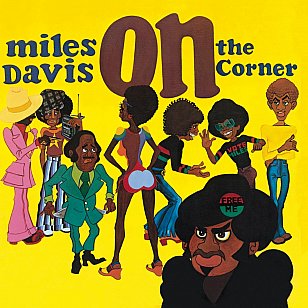
The cliche has become so embedded that hardly anyone questions it: “indie label good, major label bad”.
As with most generalisations it doesn’t stand much scrutiny: small indie labels may be more comfortable for musicians because they know the boss, but they can also be woefully amateurish, financially incompetent and unable to get the music to the audience which deserves to hear it.
Stories about how bad major labels can be are legion and legendary, but it’s worth remembering independent-minded artists such as Sonic Youth spent decades on major labels and despite problems with Warners Neil Young still hung on in that big company.
Sometimes you do have to tip a hat, to Sony for example which has been lavishly restoring Miles Davis’ catalogue in Columbia Legacy box sets, each coming with excellent essays and innumerable out-takes or alternative versions.
What was once a 40-minute vinyl album arrived with a heavy thump, as with The Complete Jack Johnson Sessions of 2003 which was a five-disc box.
Those Jack Johnson sessions from the early Seventies are thrilling, and another such set was released in 2008: The Compete On The Corner Sessions, a six-disc collection which includes unreleased material and some tracks which appeared on later Davis albums of this period. It was expensive so the casual or curious listener was better advised just to go for the remastered original album which came out six years previous and had comprehensive line notes.
But on the 50th anniversary of On the Corner it is time to reconsider the album again, it's a monster of electro-funk fusion.
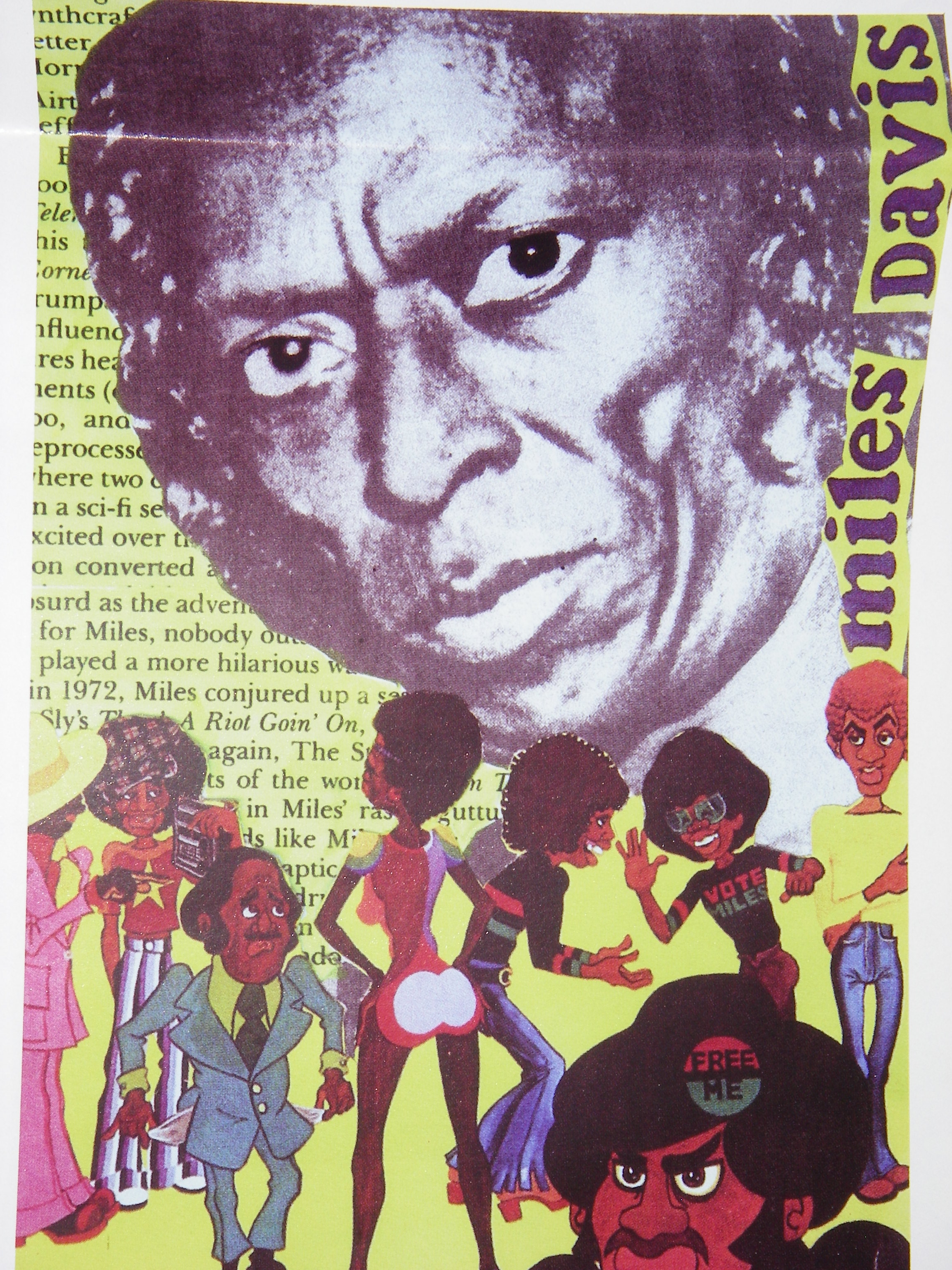
When Davis called the musicians together in June 1972 no one had any idea what might be on offer. In Miles: The Autobiography the trumpeter says he had been listening to Sly Stone, James Brown and the avant-garde classical composer Karlheinz Stockhausen.
He also called in the British composer/arranger Paul Buckmaster whose work he had been analysing, although he doesn’t make it clear whether that included Buckmaster’s arrangements for Bowie on Space Oddity and Elton John albums.
Davis also conceded he finally understood what Ornette Coleman had been saying about how it was possible to have three or four instruments playing independently, “because Bach had also composed that way”.
So that was the conceptual meltdown in the politicised atmosphere of 1972 when Black Panthers and pimps in yellow bell-bottoms strutted in Harlem. On The Corner was going to be funky, edgy and electrifying, something to be played in black clubs.
“Play like a n*****, “ Davis advised Indian tabla drummer Badal Roy.
Davis had already pulled a young white audience with Bitches Brew two years before and by playing on bills which included Santana and Jefferson Airplane. Now he wanted to connect with a black audience raised on funk and the street.
In the revolving door roster of musicians were guitarist John McLaughlin, Colin Walcott and Khalil Balakrishna playing electric sitars; drummers Billy Hart, Al Forster and Jack De Johnette; Herbie Hancock and Chick Corea on keyboards, soprano saxophonist Dave Liebman, and bassist Michael Henderson.
On The Corner is uncompromisingly an electric-funk album, and many (white) critics who had hung in through Bitches Brew and Jack Johnson hated it. So do did Buckmaster and Liebman. When it was released the cover didn’t list the musicians, had no liner notes and there was no photo of Davis.
It sold abysmally.
With the 20/20 vision which comes with hindsight, On The Corner stands as among Davis’ most innovative albums, one which set a template in funk electronics, fusion and avant-garde jazz-rock. It is one of Davis’ albums most favoured by smart samplers and hip-hop artists.
Most of the tracks are simply funk grooves over which Davis and others improvise freely. The released album was in fact -- as with other Davis albums from this period -- made up from edits of long studio jams. Producer Teo Macero would fade from one take to another, and slice’n’dice to create compelling drama and dynamics.
The sitar passages by Walcott (sometimes using a wah-wah pedal) add exoticism. However it is the rhythmic bass and percussion which drive On The Corner, an album largely free of lengthy solos but compelling on every level.
But it was Davis last hurrah in the 70s.
The albums which followed -- Big Fun (‘74) and Get Up With It (‘75) -- were compilations of studio jams, which is why tracks from them make sense in The Complete On The Corner Sessions box set.
Davis had a car accident late in ‘72, dived into cocaine and vodka, had problematic relationships (as always), and by early ‘75 was so emotionally and physically wasted he retired into a heroin fug for five years.
But there was something else, which cliché-lovers can take cold comfort in: according to Davis, Columbia simply pushed On The Corner to jazz radio -- which of course recoiled.
It didn’t get to the urban black audience Davis made it for and he was angered by his long-time label’s inadequate marketing.
“They don’t do anything for you unless you’re white or Jewish,” he said.
Thirty-five years later the major label made amends with the box set, and half a century after its release On The Corner is a David album to (re) discover.
.
There is much more on Miles Davis at Elsewhere including an interview. Start here.

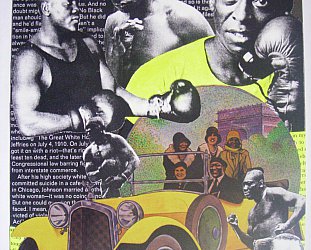
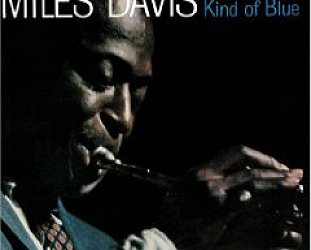

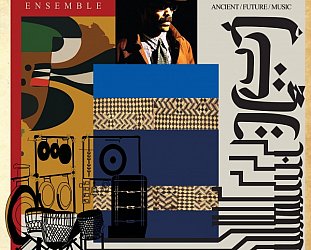

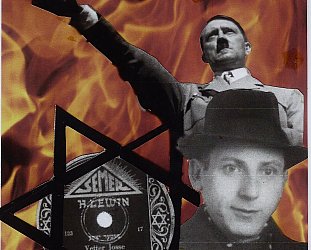
post a comment